
What Is Medium Voltage Switchgear Monitoring System?
A Medium Voltage (MV) switchgear monitoring system is designed

In the field of medium – voltage switchgear monitoring, ensuring the safe and stable operation is of paramount importance. The online partial discharge temperature monitoring system plays a crucial role in this regard, enabling continuous thermal and partial discharge monitoring. This article elaborates on the system architecture and solutions for medium – voltage switchgear monitoring.
The SCM – HMI serves as the human – machine interface of the system. It is the core unit for data display and interaction, allowing operators to visually obtain and manage the monitoring data of temperature and partial discharge.
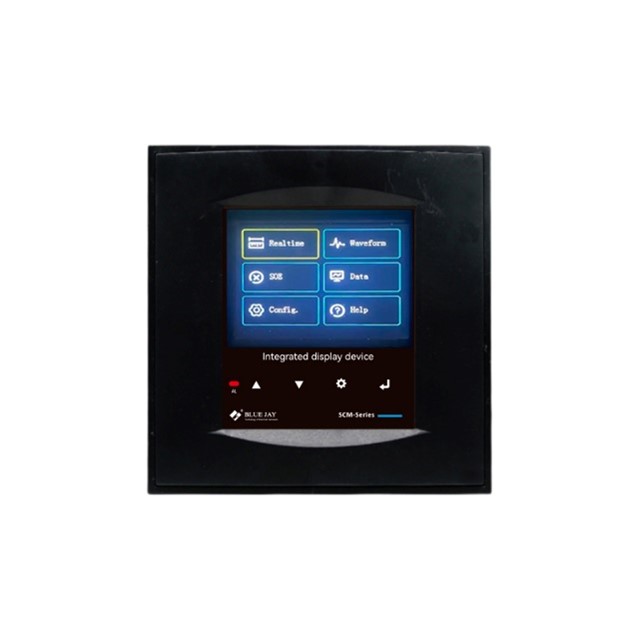
Receivers are responsible for collecting and transmitting data from sensors. There are temperature receivers and partial discharge (PD) receivers. They ensure that the data from various sensors can be effectively sent to the SCM – HMI for processing and display.
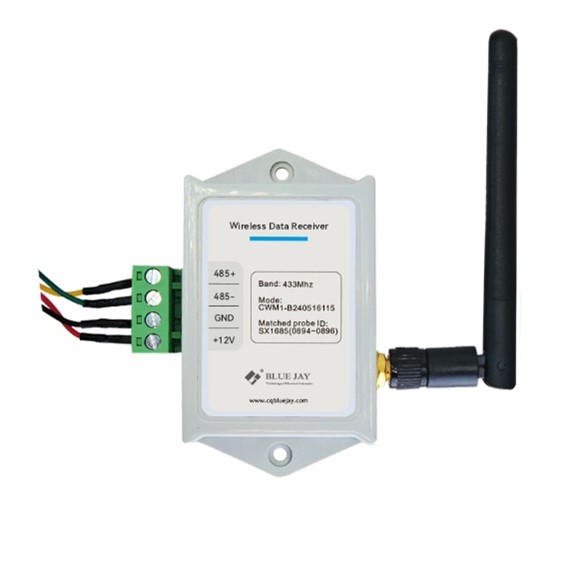
Sensors are the front – end detection devices. Temperature sensors are used to measure the temperature of different compartments in the switchgear, while partial discharge sensors detect partial discharge signals. Sensors come in different types, such as those integrated with multiple functions like AA, TEV, and UHF.
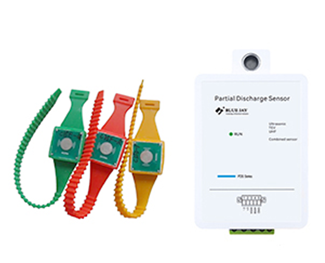
This is the existing solution. For temperature monitoring, 6 temperature receivers are utilized. One receiver is connected to the HMI, and the remaining ones are connected in series via RS485. Each temperature receiver can connect 4 groups of 3 – phase sensors, totaling 12 wireless temperature sensors. With 6 receivers, up to 72 temperature sensors can be connected, and there are currently 3 models to choose from. For partial discharge monitoring, 6 wired PD sensors (connected in series via 485) are used, which can be two – in – one (AA, TEV) or three – in – one (AA, TEV, UHF) types.
This is the future solution. Temperature monitoring remains similar to the existing one, with 6 temperature receivers (one connected to HMI, others RS485 – connected) that can connect up to 72 temperature sensors. For partial discharge monitoring, 1 wireless PD receiver (connected in series via 485) is used, and it can connect 6 wireless PD sensors, which can also be two – in – one (AA, TEV) or three – in – one (AA, TEV, UHF) types.
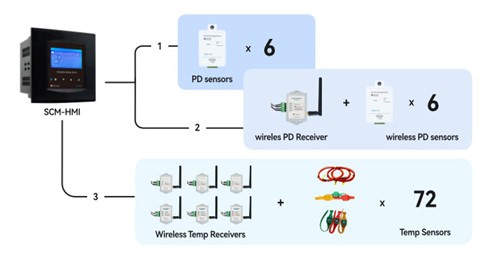
In the monitoring of medium – voltage switchgear, a specific installation layout is adopted. An HMI unit is installed in the low voltage compartment of the switchgear. In the main bus compartment, a temperature receiver and 3 temperature sensors are installed. In the cable compartment, another 3 temperature sensors are installed, and their monitoring data is transmitted to the temperature receiver in the main bus compartment. Finally, in the breaker compartment, a PD receiver and 3 or 6 PD sensors are installed. Through this installation layout, the temperature and partial discharge status of the medium – voltage switchgear can be monitored simultaneously, providing comprehensive and real – time information for the safe operation of the switchgear.
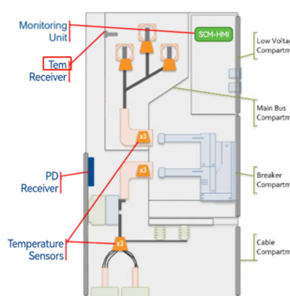
The online partial discharge & temperature monitoring system, with its two integrated monitoring solutions and reasonable installation layout for medium – voltage switchgear, provides an effective means for the continuous monitoring of temperature and partial discharge. Whether using the existing wired PD with wireless temperature solution or the future wireless PD with wireless temperature solution, the system can accurately collect and display monitoring data, helping to ensure the reliable operation of medium – voltage switchgear and preventing potential faults caused by temperature abnormalities or partial discharge.

A Medium Voltage (MV) switchgear monitoring system is designed

What is switchgear partial discharge? Partial discharge (PD) in
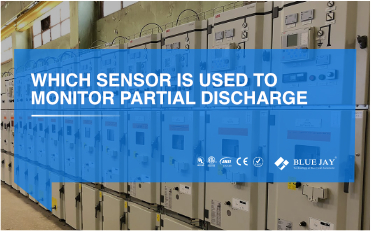
Which sensor is used to monitor partial discharge? The




